Comunitatea evreiască din Strâmtura
🇷🇴 În anul 1784 în localitatea Strâmtura locuia o singură familie de evrei cu doi copii. Această familie se ocupa cu realizarea pălincii. În sursele evreiești localitatea este cunoscută sub numele Strimtere.
Majoritatea evreilor de aici purtau numele de Stern. În 1880 populația evreiească număra 194 de persoane, iar în 1920 a ajuns la 409.
Evreii de aici se ocupatu cu agricultura, oieritul, exploatarea și prelucrarea lemnului. Cașul de oaie coșer din Strâmtura era renumit și apreciat în toată țara.
Pe la sfârștiul secolului XIX comunitatea evreiească și-a construit sinagoga, s-a înființat Hevra Kadișa, în timp ce baia rituală existase anterior acestora.
Primul rabin sin Strâmtura a fost Moșe Kiszelnik. Acesta a înființat o ieșivă unde existau 60 de bahuri. Rabinul a fost ucis în Holocaust.
În mai 1944 evreii din Strâmtura au fost duși în ghetoul din Dragomirești, de aici au mers pe jos în Vișeu de Sus iar de acolo au fost urcați în trenuri spre Auschwitz.
Majoritatea evreilor din Strâmtura au fost uciși în Holocaust. Cei puțini care au supraviețuit s-au întors în comună, dar la scurt timp au emigrat.
Azi în localitate există un cimitir evreiesc care amintește oamenilor de comunitatea ce a locuit aici cândva.
🇭🇺 1784-ben még csak egy zsidó család élt Szurodokon. A család fő foglalkozása a pálinka készítése volt. Zsidó források szerint a falu nevének jiddis változata Strimtere.
Az itt élő zsidók többségének Stern volt a családneve. 1880-ban a zsidó lakosság száma 194 fő, 1920-ra pedig elérte a 409 főt.
A zsidó közösség fő foglalkozása a mezőgazdaság, a juhászat, valamint a fakitermelés és fafeldolgozás volt. A szurdoki kóser juhtúrót országszerte ismerték és nagyra értékelték.
A 19. század vége felé a zsidó közösség felépítette zsinagógáját, megalapította a Hevra Kadisát; a rituális fürdő mindkettőnél régebbi volt és már létezett egy ideje.
Az első szurdoki rabbi Mozes Kiszelink volt. Tóra iskolát (Yeshiva) alapított 60 helyel. A rabbit a Holokauszt idején ölték meg.
1944-ben a szurdoki zsidókat a Dragomérfalvi gettóba hurcolták. Innen gyalog Felsővisóba mentek, onnan pedig vonattal Auschwitzba küldték őket.
A Szurdokon élő zsidók többségét a Holokausztban ölték meg. Néhány túlélő visszatért a háború után, azonban mindannyian nem sokkal később kivándoroltak.
Ma még létezik egy zsidó temető, melynek célja, hogy emlékeztessen arra, hogy ott egykor zsidó közösség létezett.
🏴 Back in 1784, only one Jewish family with two kids was living in Strâmtura. The main occupation of the family was making pălincă. According to Jewish sources, the Yiddish version of the village’s name was Strimtere.
The majority of the Jews living here had the first name of Stern. In 1880, the Jewish population had 194 people, and by 1920 it had reached 409.
The Jewish community’s main occupations were in agriculture, sheepherding, and wood exploitation and processing. The Kosher sheep curd of Strâmtura was renowned and appreciated throughout the country.
Around the end of the 19th century, the Jewish community built their synagogue, founded the Hevra Kadișa; the ritual bath was older than both.
The first Rabbi of Strâmtura was Moșe Kiszelink. He founded a Torah school (Yeshiva) with 60 houses of prayers. The Rabbi was killed during the Holocaust.
In 1944, the Jews of Strâmtura were sent to the Dragomirești ghetto. From there, they walked to Vișeu de Sus, and from there, they were sent, via train, to Auschwitz.
The majority of the Jews living in Strâmtura were killed during the Holocaust. The few that survived came back after the War; however, all of them emigrated soon after.
Today, only a Jewish cemetery has remained, whose purpose is to be a reminder for those that are currently living, that a Jewish community used to exist there.

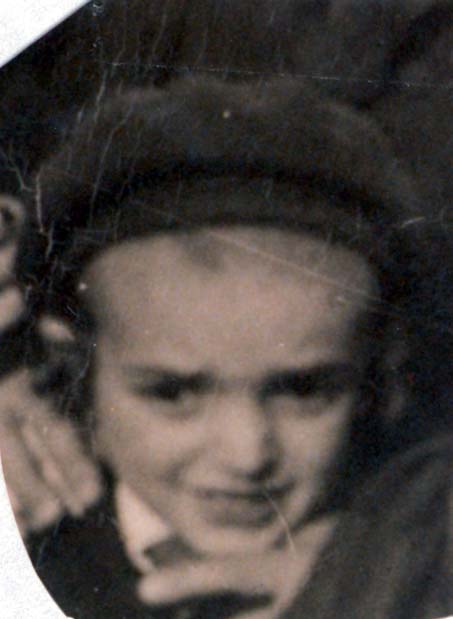
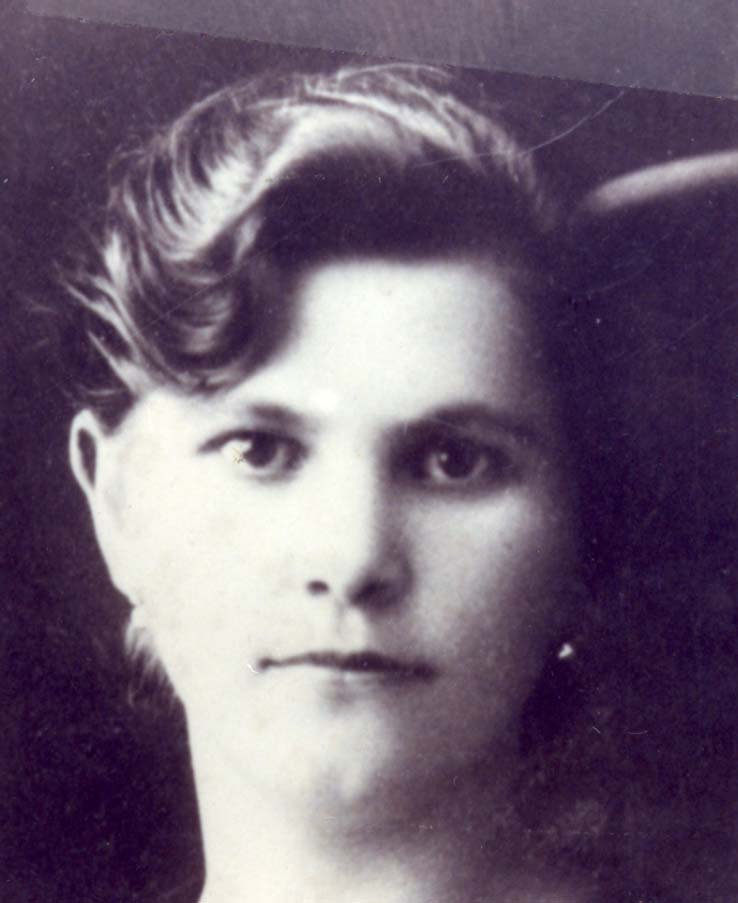
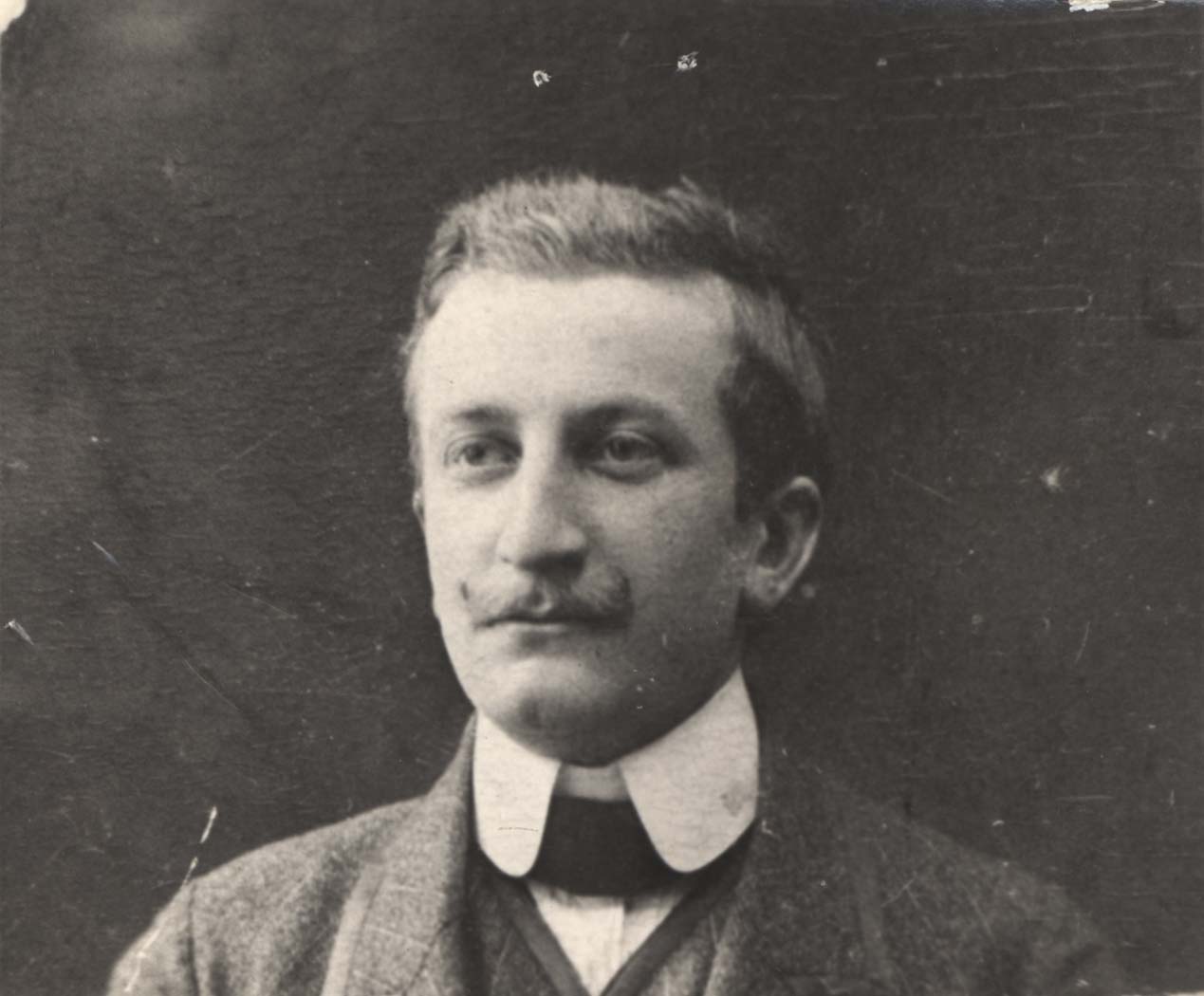
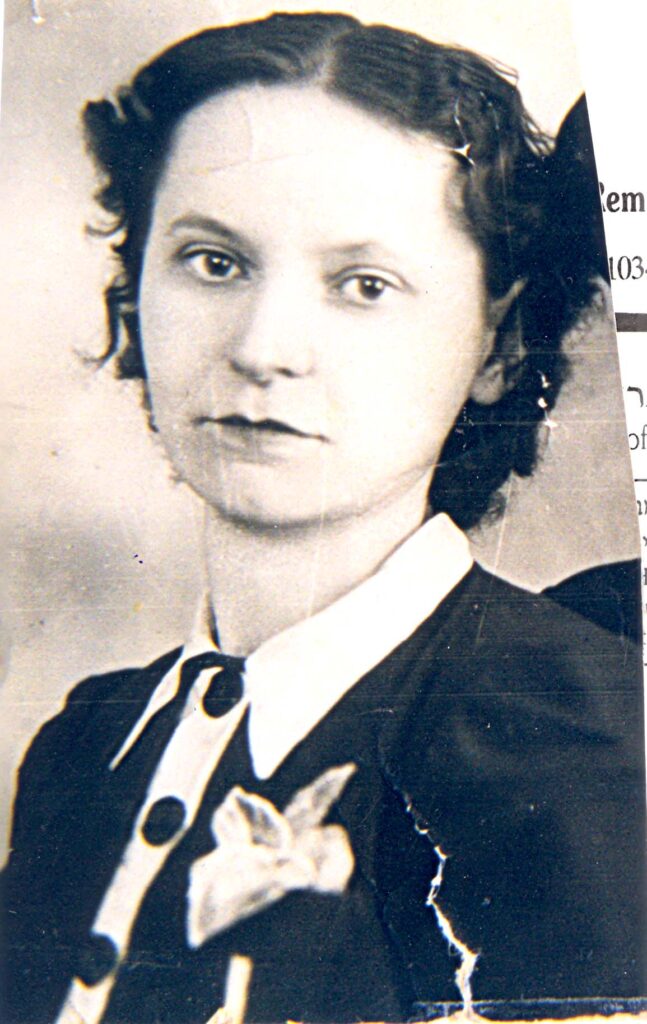

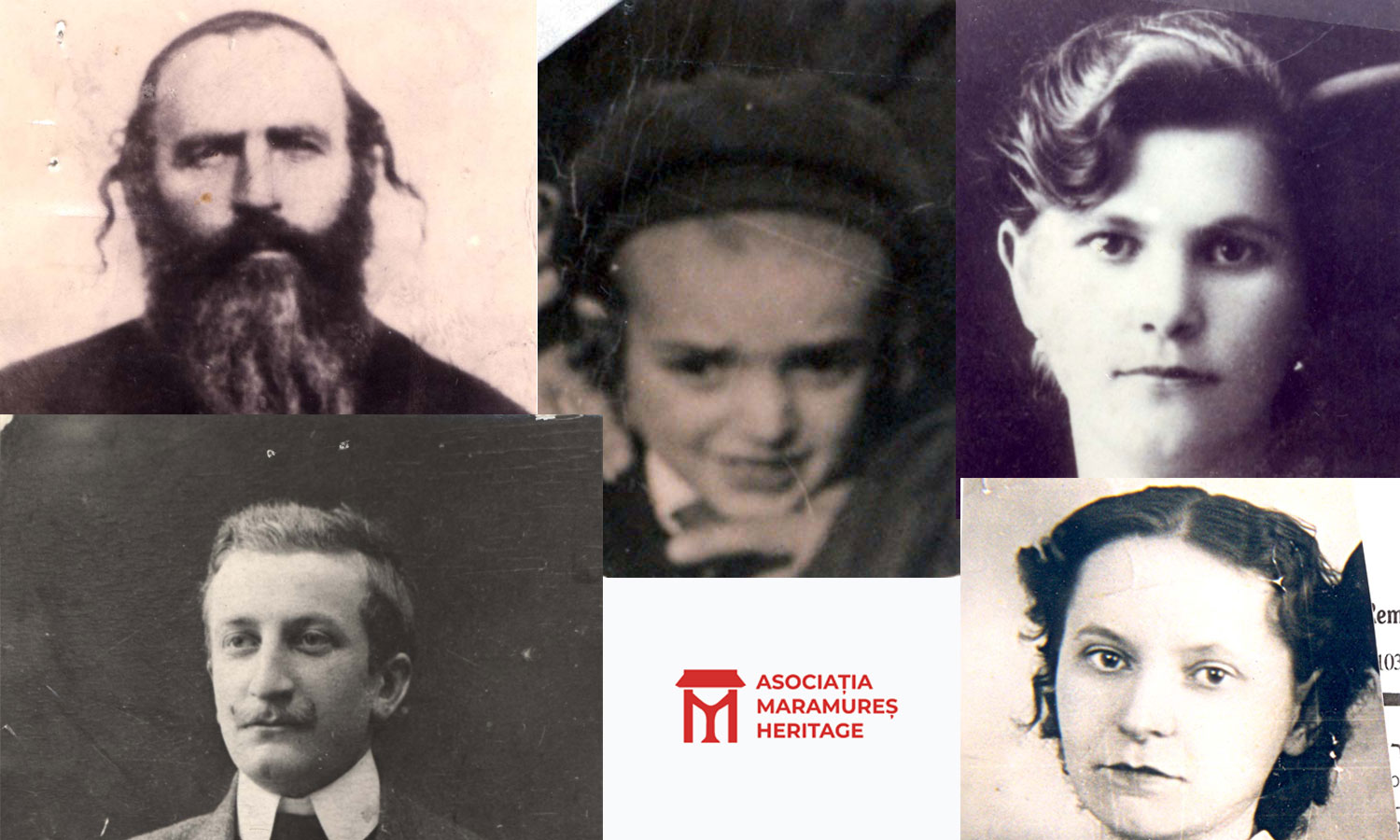
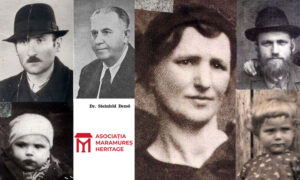


Comment (1)
Știri din Maramureș 24 martie 2022 - cotosra.ro
[…] COMUNITATEA EVREIASCĂ DIN STRÂMTURA […]